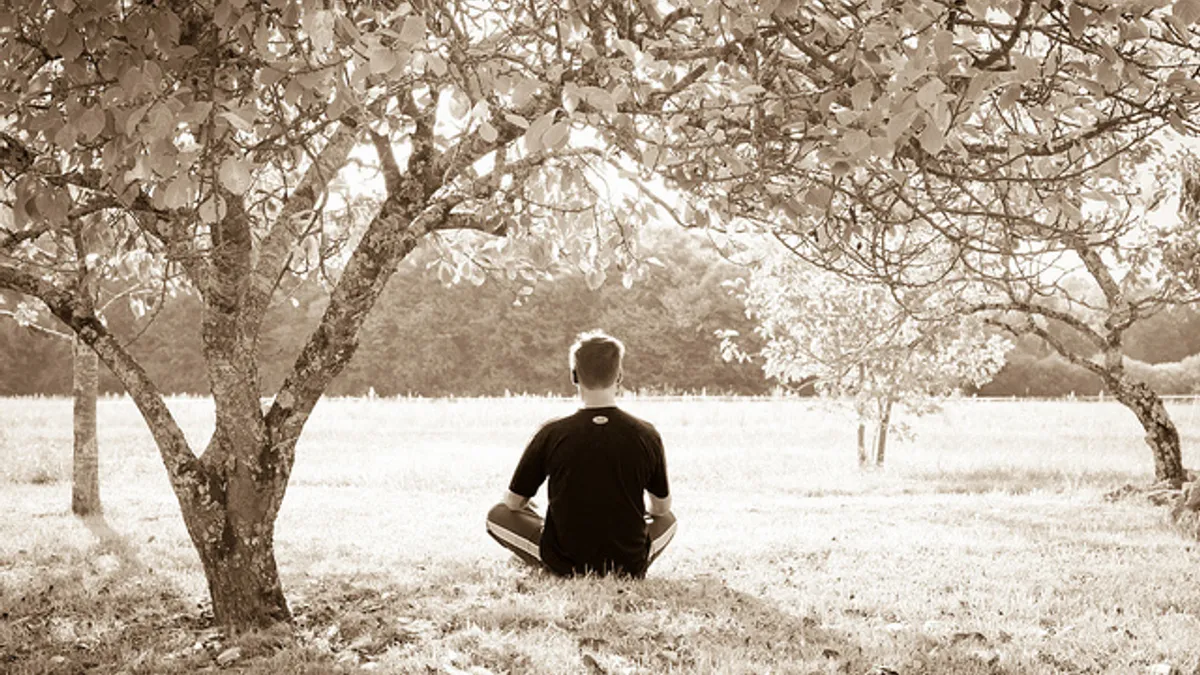Dive Brief:
- Psychotherapist Jacquelyn Richards makes the case in an Edutopia article that restorative justice practices such as peer conflict resolution circles, reflection sheets and mediation help build communities that feel safer, as opposed to traditional rules-and-consequences measures of discipline that can negatively impact resilience and community connections.
- Confronting a student under the traditional rules-and-consequences approach often results in a sympathetic nerve response — known as the "fight, flight, freeze or submit" response — in the confronter, the student and even in observers, while restorative justice has a better chance of restoring the "rest and digest" response that is more conducive to learning.
- Restorative justice practices can also help restore a sense of self-esteem in students, allowing them to break though their self-identification as a "bad kid" and allowing them to view themselves as someone who has taken responsibility for a bad decision and is learning from his or her mistakes.
Dive Insight:
More schools are looking to restorative justice practices to curb suspension rates and narrow the school-to-prison pipeline. There is much to commend the practice in terms of helping students realize the consequences of their actions, accept responsibility, and repair the situation they created as much as possible. When successful, this approach can create more responsible citizens rather than labeling students as problematic early on in life. Some say it can also transform school culture.
However, the approach has not always proven successful in every area. One report of its implementation in New York City claimed restorative justice practices negatively impacted students and school culture, though another study cited six benefits to the approach in a school setting. As with any approach, there are pros and cons, and it does not work for every situation.
A 2016 research review of restorative justice practices in U.S. schools concluded: “Restorative justice is generally portrayed as a promising approach to address climate, culture, and safety issues in school. The community of support for its implementation has grown exponentially over the past several years, but more research is needed. There are several rigorous trials underway that will perhaps provide the evidence necessary to make stronger claims about the impact of RJ, and the field will benefit greatly as those results become available over the next several years.”













